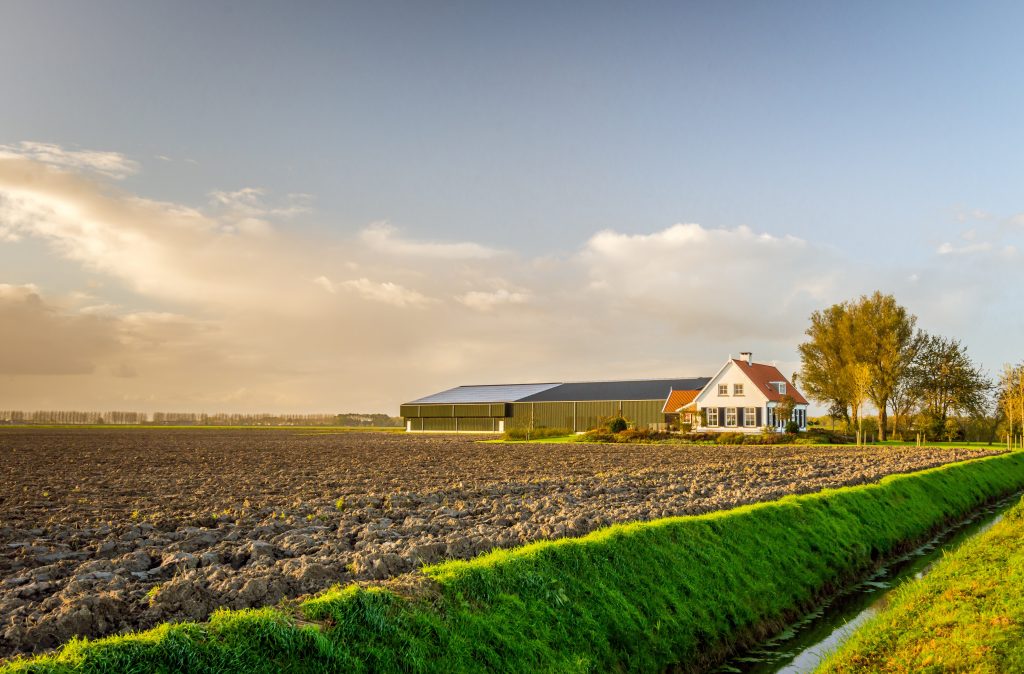17 February 2020
Disposing of all or part of a farm or estate is a significant event for all farming enterprises. Major disposals are a good time to seriously consider the future, including the business plan for future farming operations or diversification into woodlands and other trading activities.
What are the reasons for disposal?
- crystallising a development opportunity
- rationalising the farming operation
- releasing funds to settle debts or to explore diversification
- gifting assets or transferring them to other parties
- swapping assets
- getting compensation for assets, for example an insurance claim
- from loss or destruction of the asset
Capital Gains Tax (CGT)
On disposal of an asset, CGT comes into play, and so careful planning is needed to determine how much of the proceeds will be payable either now or in the future as CGT. CGT is chargeable on the difference between the net proceeds on disposal (sales proceeds less selling costs), or the open market value if gifted, and the base cost of the asset disposed of plus the cost of any capital additions or enhancements.
Business Asset Rollover Relief
For qualifying disposals, rather than paying the CGT on the disposal, in certain circumstances you can claim Business Asset Rollover Relief (known as Rollover Relief) and thus use the proceeds to invest in qualifying assets.
You have a period of 12 months prior to the date of disposal to 36 months after the date to reinvest the full proceeds for the full CGT deferral.
If you only reinvest part of the proceeds in a qualifying asset, you can only claim partial deferral of the CGT payable.
Qualifying assets
The assets that qualify for rollover relief on the disposal and for reinvesting into include:
- land, buildings, fixed plant and machinery used in a trade such as farming
- carrying on a business of furnished holiday lettings
- occupying commercial woodlands and managing them commercially to make a profit
- carrying on a profession, vocation, office or employment
- providing an asset to your personal company
- disposing of land by a compulsory purchase
Reinvesting into depreciating assets
You can reinvest the proceeds into a depreciating asset, for example any fixed plant or machinery or leasehold land which will have a predicted life of less than 60 years for use in your trade. In this case, the CGT is deferred until the earliest of the following:
- when you dispose of the asset
- when you stop using the asset in your trade
- ten years from when you acquired the new asset
Compulsory purchase
For land which is compulsorily purchased, you can defer the CGT on that disposal by acquiring new land. There is no limitation on how the old or new land is to be used except it must not contain a dwelling house on which you would be entitled to claim Principal Private Residents Relief (PPR) if you were to dispose of it either when you acquire it, or within six years of when you acquire it.
The relief works by reducing the base cost for tax purposes of the new qualifying asset you acquire.
Example
- You sell a field used for the farm business to a developer for £1,000,000 and you make a gain for CGT purposes of £700,000
- You reinvest within 36 months of disposal in a new woodland for £1,500,000
- The new woodland would have a base cost for calculating the taxable gain on any future disposal of £800,000 (cost £1,500,000 less the gain rolled over £700,000)
- No CGT would be payable until the woodland was sold and then only if the proceeds were not reinvested
Related parties
If you are disposing of qualifying assets to related parties, then the market value of the asset disposed of is substituted for the actual proceeds of the disposal. You would need to reinvest the full market value into a new qualifying asset to roll over all of the gain and avoid paying CGT on the disposal.
You must still be trading at the point of disposing of the land or qualifying trading asset, and you must reinvest in assets that you will carry out qualifying trades from. With farmland, you must make sure that you are selling land that you were farming and buying land that you will farm inhand or through an arrangement such as a contract farming agreement.
Inclusion of property in the sale
If you are selling a farm with a large country house as part of the package this can be problematic, so you should discuss these scenarios with your accountant at the earliest opportunity to agree the best route to market for tax purposes and the availability of Principal Private Residence (PPR) as well as Rollover Relief.
Developers offering options can cause problems obtaining Rollover Relief as the disposals are often received with considerable delay between the initial option money, various tranches, and the final sale on grant of planning permission.
Using partial relief to park the gain rolled over into depreciating assets can be a helpful option here until the main bulk of funds are received, enabling the desired target asset purchase to rollover the gain. Ensure you continue to use the land in your trade up until ultimate disposal to qualify for the relief.
Sometimes it is better to pay the CGT, especially when you qualify for Entrepreneurs’ Relief as it is then only 10%.
Whatever your plans for disposing of the farm or estate, communicate with your adviser from the outset to ensure you are avoiding any pitfalls and maximising your potential gains.
We can help
If you would like help in reviewing your future business plan, or its potential for diversification, please contact me or one of our rural specialists.


